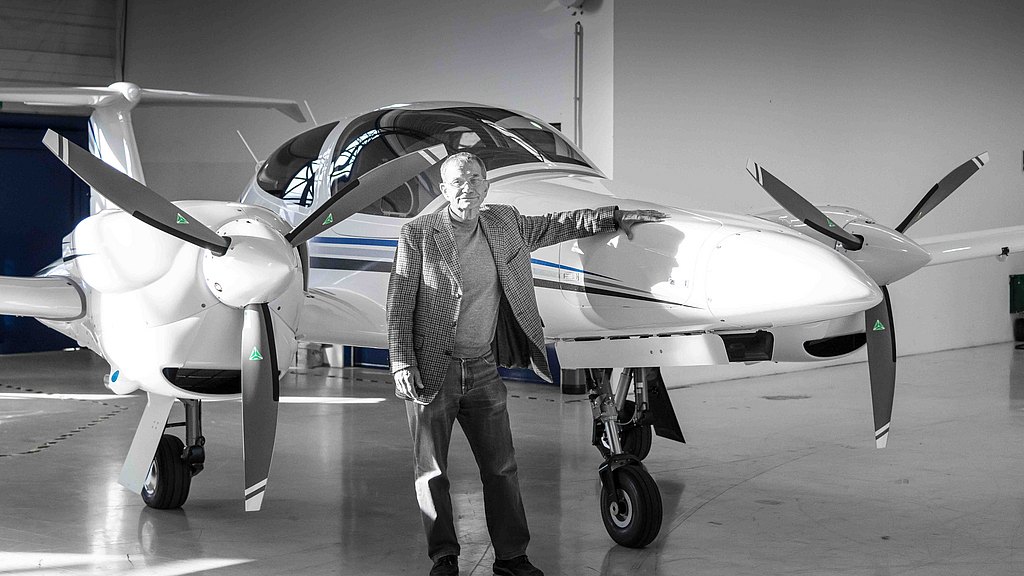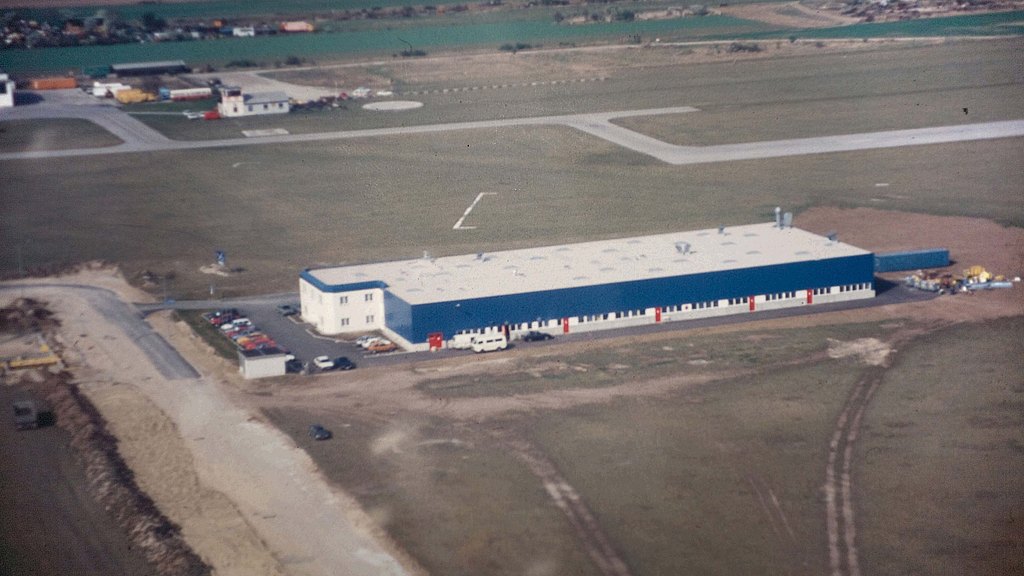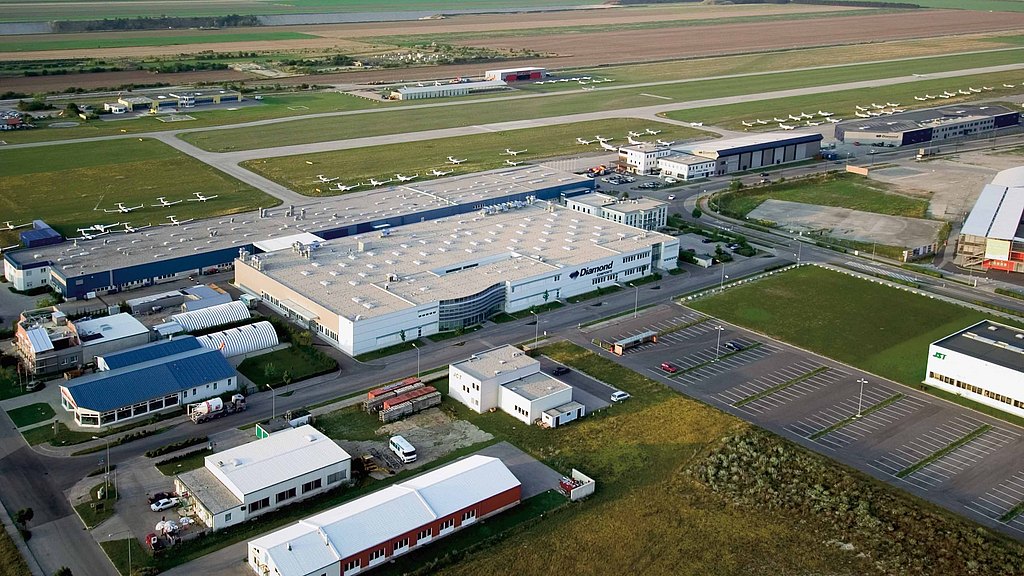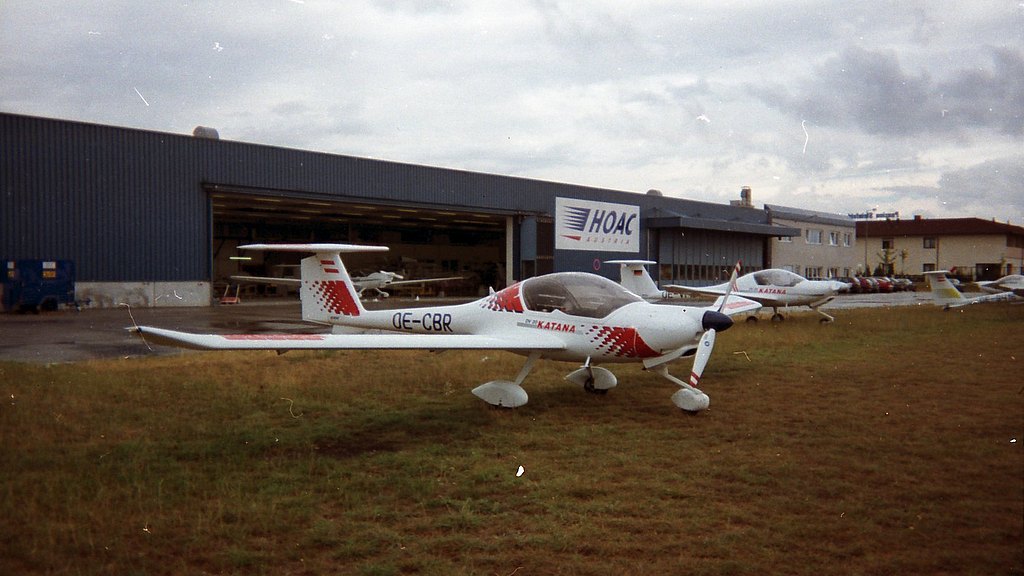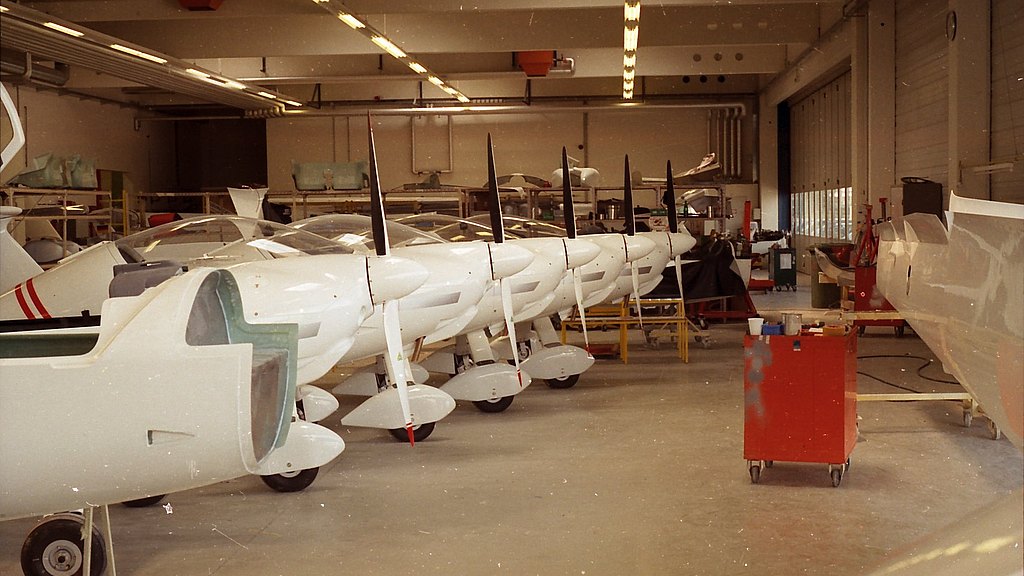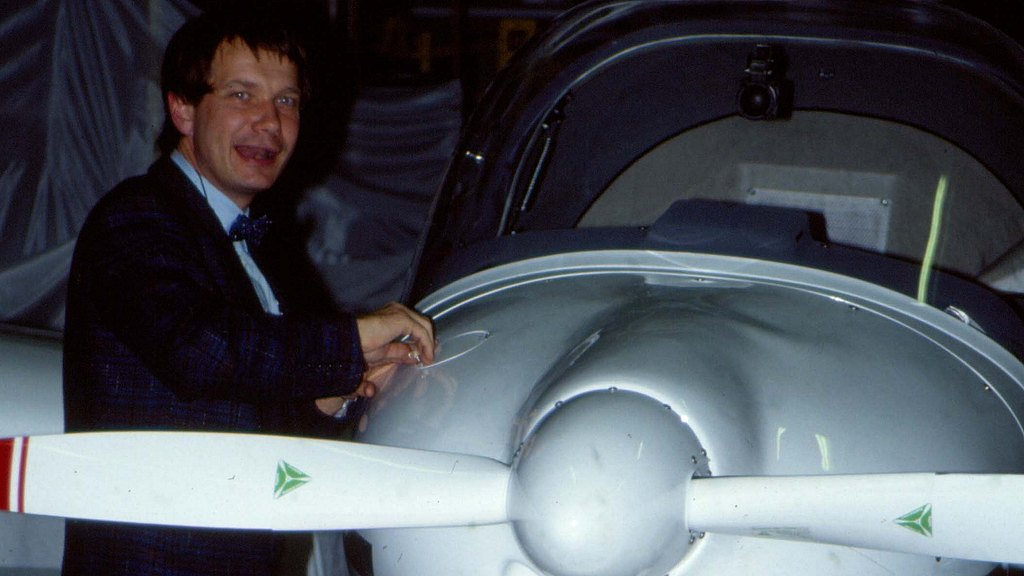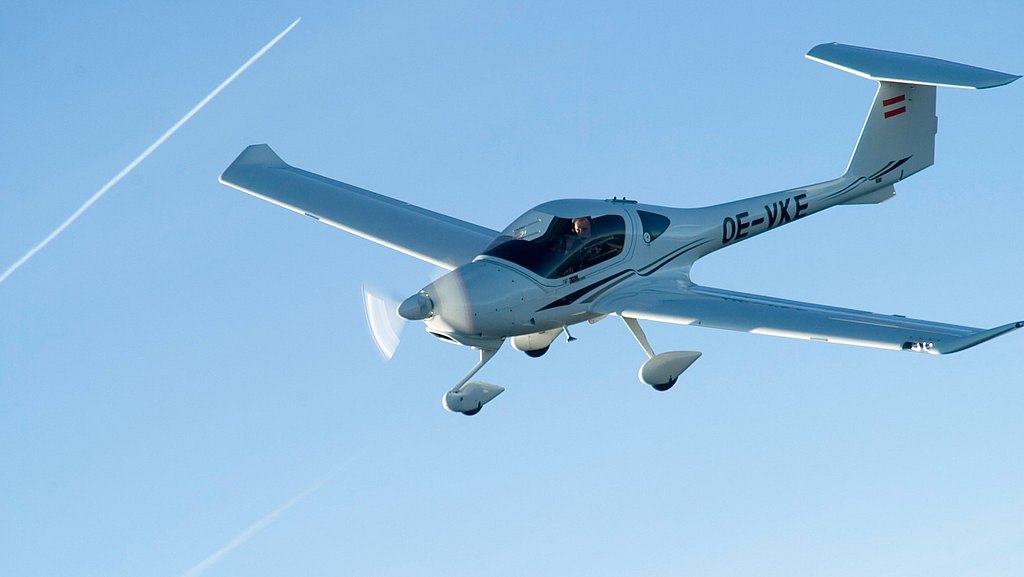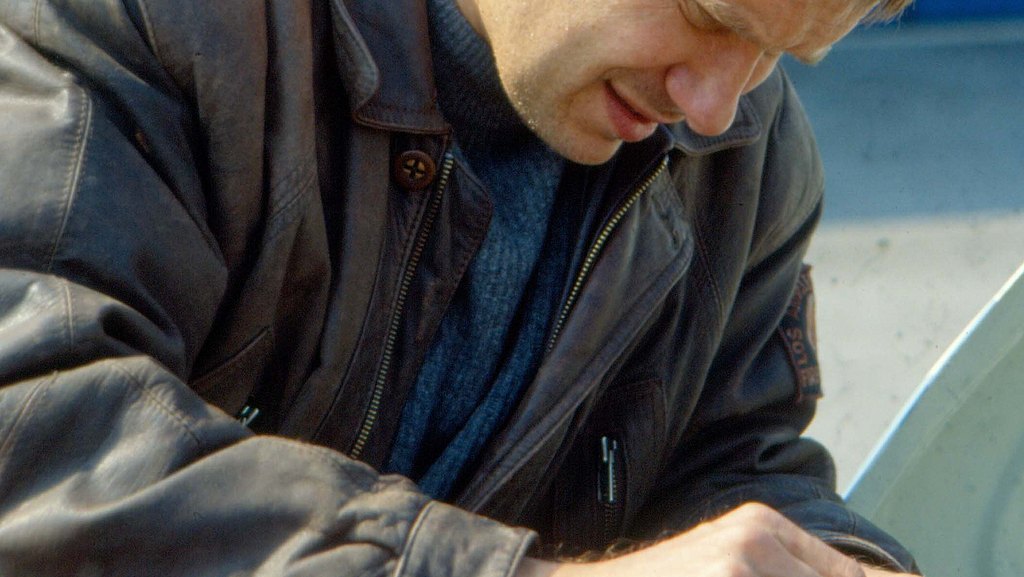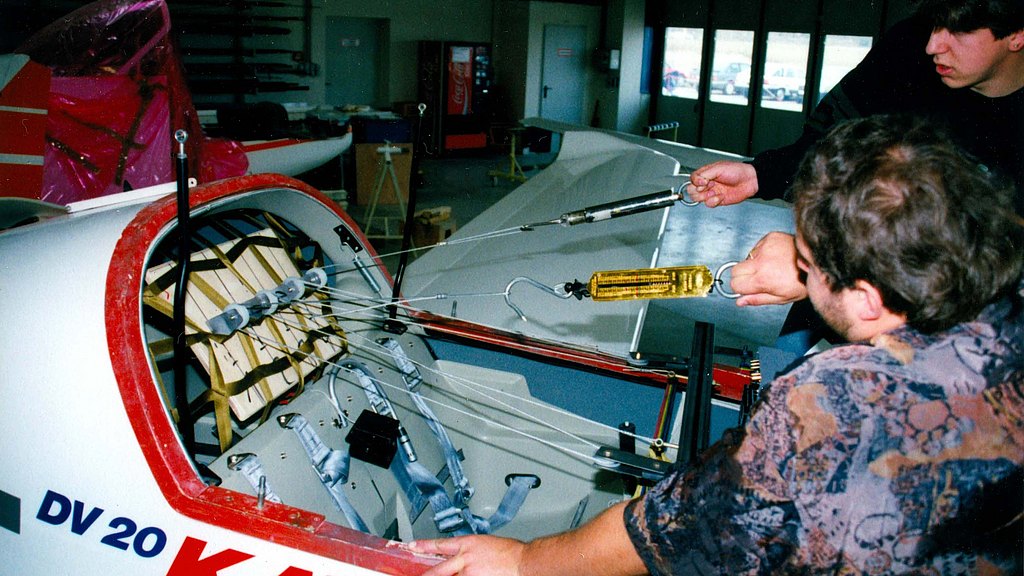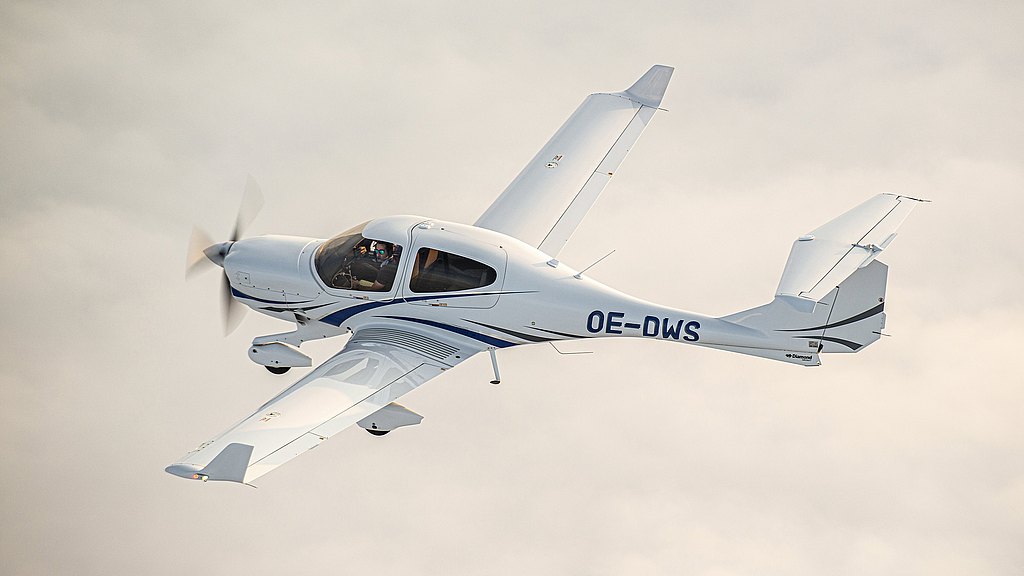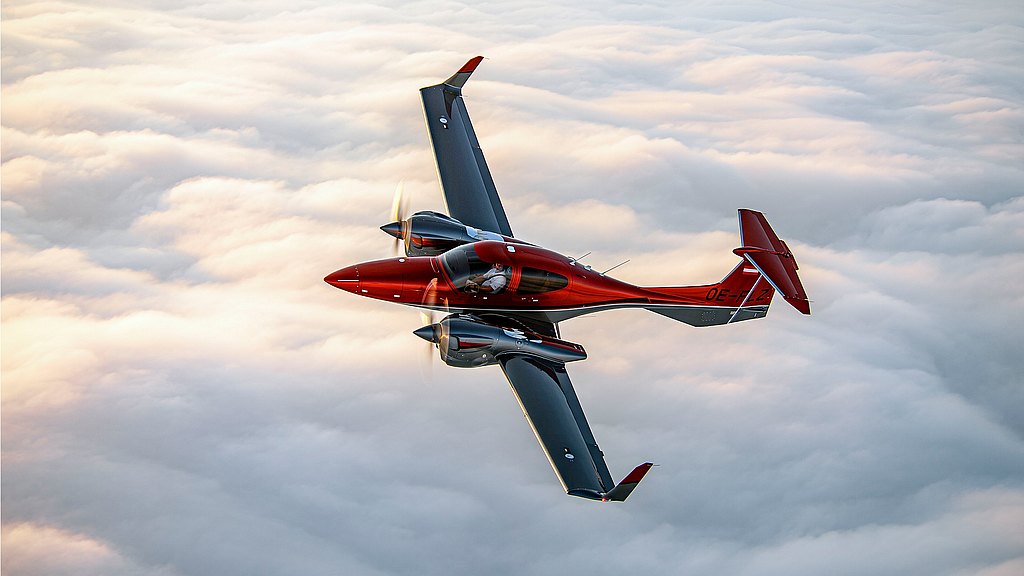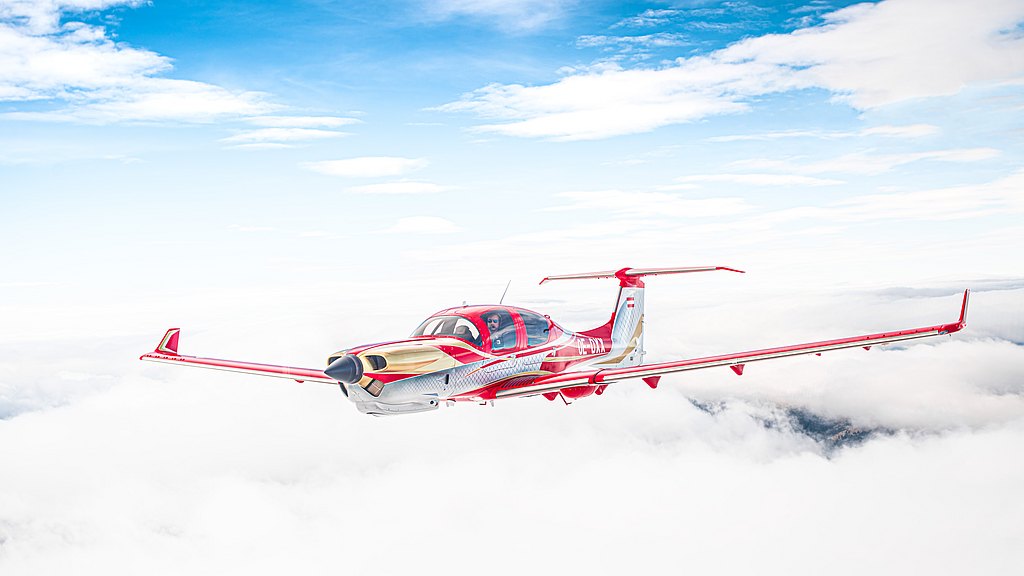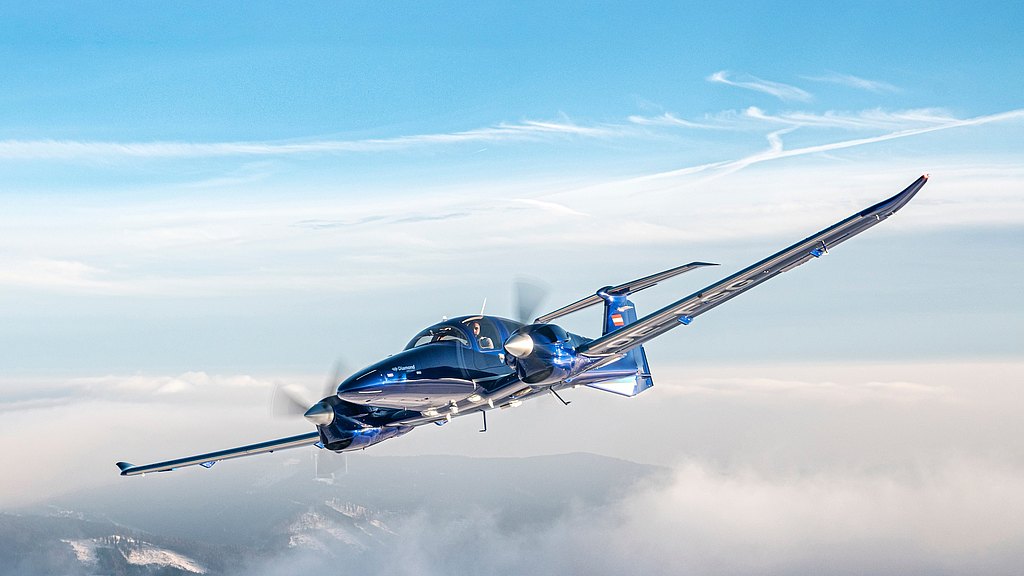About Martin
Martin (72), married, one son, is - as many of our employees (especially in the engineering department) - German. He was born and raised in Salzgitter, with one of largest steel industrial locations in Germany. Martin says there was the steel industry and there was a gliding club but not much else (smiles). With his father being an active member at this aeroclub, little Martin basically grew up with the world of aviation and spent a lot of his time as a kid there. One of his first memories is, he wasn’t attending school yet, that he was playing in the workshop, where the gliders were built and maintained. As usual he was trying to build something out of the scrap that was lying around there, and the workshop manager said to him: “Now you are doing something real. Something we can use too.” And showed him how to make ledges that were used for gluing the wooden plankings of the gliders.
Martin was hooked and at the age of 15 he finally started gliding, which was (and still is) his favorite hobby. After finishing school, he completed his military service, which had been compulsory for a certain period in Germany. Even there he was working in the aviation sector as a Maintenance Mechanic in a fighter squadron. He then started studying Aerospace Engineering at the Technical University of Braunschweig (Germany). During his studies he became a member of the Akaflieg Braunschweig. Akaflieg is an abbreviation for “Akademische Fliegergruppe”, where groups of aeronautical engineering students from individual German Technical Universities design aircraft, often gliders. His definite highlight there was the design and development of the SB-11, a single-seat sailplane. The SB-11 is the first aircraft with a primary structure entirely built of carbon fibre and a specially developed variable wing geometry. The students had completed the aircraft within only two years and only two months after its maiden flight, it was entered into the World Gliding Championships in July 1978, piloted by the famous glider pilot Helmut Reichmann, and he won. For Martin this experience was special. It gave him the feeling, that he could accomplish something, that is better than what was there before, through teamwork and that laid the foundation of his later career. As it is with almost every student, you need to earn some money for your living. Martin earned his money through, of course, an aviation related job. He was working in the air accident investigation. Being confronted with many different types of accidents and its causes has strongly shaped his safety thinking.
After having successfully finished his studies, Martin started his professional career, which quickly led him to Diamond Aircraft, where he became a part of our history.
Editor’s note: Diamond Aircraft was founded as “Hoffmann Flugzeugbau” in 1981 in Carinthia (South of Austria). Following several changes in ownership, location and naming, one of them HOAC (Hoffmann Aircraft) in Wiener Neustadt (Austria), the company finally received the name Diamond Aircraft headquartered at the same location as HOAC.
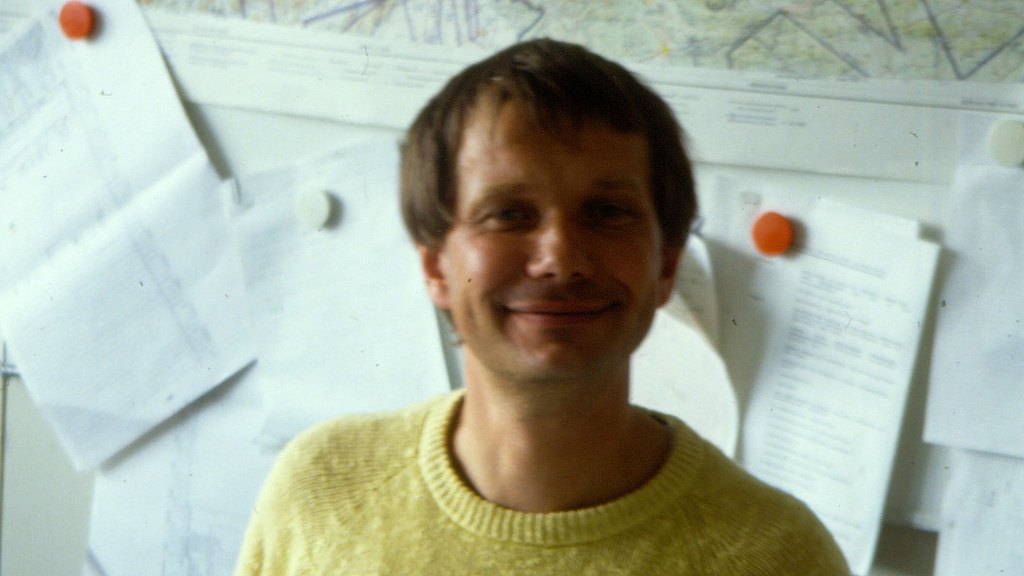
How did you learn about Diamond Aircraft and how did you join?
I might start with my first job. After my studies I moved to Switzerland and started working in an engineering office for composite material. Coincidentally this office was based at the same location as Pilatus Aircraft. I always wanted to work with aircraft and started a job at Pilatus’ predevelopment department. Not much later, it was 1989, a friend of mine was looking for an Head of Engineering for the company he was working for – HOAC in Austria, originated from Hoffmann Flugzeugbau and the predecessor of Diamond Aircraft. The company has just been established, still quite small, and I didn’t have to think twice. I took the chance to be part of something new and fresh. I was excited to be able to make a difference and help shaping a company that was in its early stages.
How long have you been working for Diamond?
A third of a century. Isn’t this a great title? And here I still am. As a senior adviser and still loving what I’m doing. I am really grateful for the opportunity I had, for all the experiences and the people I got to know. This was and still is a fantastic journey.
How was your first impression of Diamond and Diamond aircraft. What impressed you most about the company?
As I just said, when I started, the company was still in its early stages. So, I came to Wiener Neustadt East Airport (editor’s note: ICAO code LOAN) and there wasn’t much. If you have visited Diamond Austria in recent years, almost none of that was there at that time. There was one hangar and about 50 employees with the task of developing and building the HK36 Super Dimona motorglider for serial production. The Dimona is based on the H36 that was developed and built by Hoffmann Flugzeugbau in Carinthia. We successfully updated the aircraft design and could significantly improve production efficiency. And this was actually what impressed me the most. To work from scratch and to accomplish great things with a great team. In the meantime, Diamond has grown a lot. From the small and very flexible company to a big and very well structured group of companies. But still, there is this vibe of the early stages, this passion of the people, this possibility to make a difference. And that is what makes this company so special in my opinion.
Tell us a little bit more about your job here at Diamond and how it has changed over the years.
The development department has always had a management team of two – the Head of Engineering and the Head of Design. I started as the Head of Engineering and over the years I was either that, the Head of Design and sometimes both. In 2017 I’ve handed over all my responsibility. Since then I am working as a Senior Advisor, currently in the field of powerplant installation and structural testing of special mission aircraft systems.
It’s safe to say that every of our aircraft currently on the market bear your signature. There is a special story about the DV20 Katana that not many people know. Would you like to tell us about it?
In the early 1990s, the predecessor organization of the EASA (European Union Aviation Safety Agency), the JAA (Joint Aviation Authority) issued a VLA (Very Light Aircraft) manufacturing specification. This specification inspired us that we could turn the HK36 motorglider into a VLA aircraft with relatively little effort. And thus, the idea for the DV20 was born. But I guess you wanted to hear the story of the name. Well, D stands for Dries (editor's note: former owner of Diamond Aircraft) and V for Volck. With the opening of the Canadian site, where the Canadian version of the DV20 has been built, the name changed to DA20. D for Diamond and A for Aircraft. Later also for the European version. In order to bring the brand to the fore.
What is your greatest achievement at Diamond Aircraft?
Without a doubt the DA40. With the DA40 not only the company took a great leap forward but also its employees in their self-development. The DV20 Katana has been so incredibly successful as a training aircraft, that we said let’s develop something larger, a 4-seater, from it – the DA40 was born. With the DA40 we entered, I’d like to say, the class of real aircraft, of Part 23 aircraft. That’s when Diamond Aircraft became internationally relevant. Meanwhile we have sold more than 2,500 DA40s worldwide. That is something to be proud of. In 1989 there were maybe five people in development and with the DA40 the team grew to 50. And so, it went on and all the other aircraft were developed and today a team of around 100 highly qualified engineers is working in the R & D department in Austria.
Which Diamond aircraft do you like the most?
I like the DA42. She really looks sexy. Pure, lean, elegant and at the same time sporty and fast. From a technical point of view, I like them all.
What do you enjoy most about your role?
The cooperation and the conflict – one needs the other. For example, the former owner of Diamond Aircraft was the innovation driver and I, together with my team, had to be persistent and face the conflict to a certain degree to succeed in our cooperation of bringing the products to the market. This lets one grow and gain experience. We developed some kind of modular construction system, like the structural and aerodynamic concept has been carried through from the DA40 to the DA62 or DA50. This approach has enabled a higher development pace and a wide range of products. I also enjoy having the possibility to work with people that are much younger than me. I believe that we benefit very much from each other, which in the end is good for the product and our customers.
What was your biggest challenge?
If I have to name a thing, I would say the transition of Diamond from a small and flexible organization to a large one with completely different organizational structures. I had the feeling it all changed quite quickly from the day as I started in a small team to the day where we were 100 and more.
Which skills are important for your job?
As the Head of Design or Head of Engineering you need the relevant know-how and stubbornness. I for one am very confident in making decisions about anything aircraft or engineering related. Everything I had experienced before I started working has helped with my later profession. You have to make sure to preserve the know-how and pass it on.
Any advice or wise words to young engineers?
What worked for me is not necessarily what would work for someone else. Nevertheless, I would say: “Don’t let yourself be slowed down”. If you want responsibility, you have to strive for it. If you want to take over a certain field of activity, ask for it. You most likely will not just get it like that. Actively say and show that you want it and that you can do it if you want to work your way up.
You’ve been with Diamond Aircraft for 33 years. What do you see for the future of Diamond?
To predict the future of something is always difficult. Therefore, let me answer it like this. Shaping a future always takes work, perseverance, and stubbornness. The point is not which path you follow, but that you follow a path with consistency. And this also applies for the future of aviation.
One last question, Martin: Do you still fly?
Yes, I still fly. I have stopped gliding for 20 years and started gliding again seven years ago in Namibia. More or less with reaching retirement age. And I have never been as good as I am now (laughs). And now I have to head to Braunschweig for our regular Akaflieg senior members meeting.
We'd like to hear from you
We hope you enjoyed reading. Let us know if you liked this story. Have we missed something you always wanted to know? Any preferences from which department one of our next “Diamond Faces” should be? Drop us an email. We are curious to hearing from you!
Looking for a new job?
We are hiring! Take off and join the Diamond Aircraft Family. Browse our current career opportunities and apply today for your new dream job.
